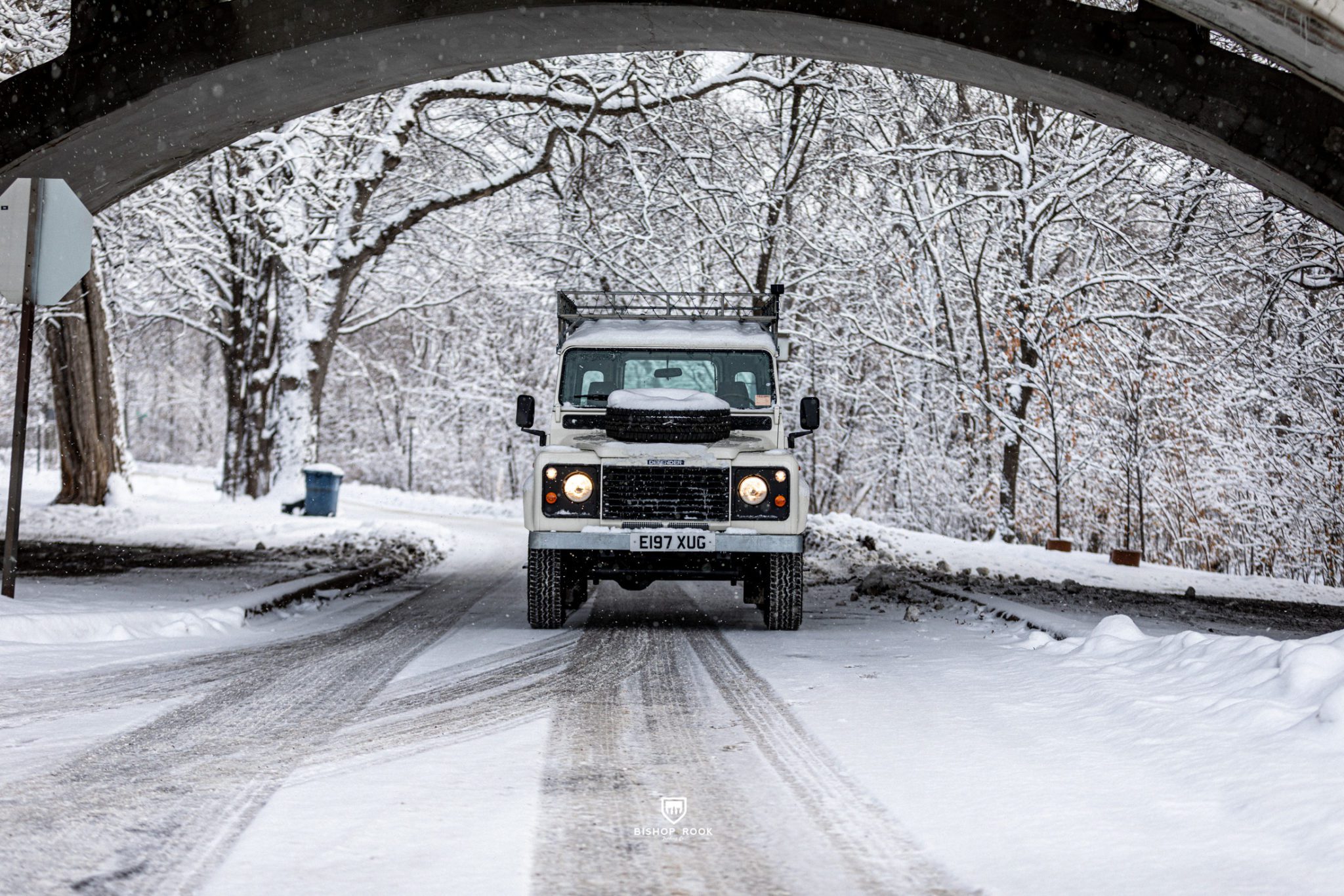Starting With a Good Donor Truck
After years of restoring classic Land Rover Defenders, there is very little we haven’t encountered along the way. We’ve seen some pretty questionable repairs, encountered both honest and not-so-honest sellers, and had a lot of fun along the way. For those of you looking to buy a Land Rover Defender, this is a series designed to show you some of the issues you may come across as you begin your journey to find the perfect forever vehicle.
We acquired “Chief” from a seller in Florida who had already imported the Defender from Spain – and admittedly got in a little over his head. 99% of the time we source our donor vehicles directly ourselves, or through one of our sourcing partners, but we were in a time crunch on a very specific “must be a 1992 Defender” request. This one fit the bill (sort of – more on that later). It was listed optimistically as “a rust-free, running and driving Defender” that the new owners could “restore or enjoy as it was.”
While most Defenders that come from the dryer parts of Spain are relatively rust free, this one was not. Photos will always make a Defender look far better than they really are. Considering we have a fully operational restoration shop, we weren’t too concerned about the surprises we would find along the way. Below is a gallery of the original posting for you all to see what was advertised.
The Initial Assessment Is Always Bad
To both the trained and untrained eye, this crazy red Defender looked pretty solid. All the major parts and pieces were there – including a bit of the history of the vehicle. In it’s previous life, it had served as a Fire Chief’s vehicle in a small Spanish town, hence the name, “Chief.” We had it shipped from Florida (where you will find a lot of …. um … questionable Defenders on the market) to our shop in Minnesota. It was the dead of winter and when the Defender arrived it did not want to start. At all.
The wiring was shorting out everywhere, starter worked about 10% of the time, battery was dead (hazard of living in a cold climate), and the fuel tank was cracked and leaking. It was a “little” rougher than described.
We pulled the red Defender into the work shop and began our initial assessment – where we walk around the truck, take notes, and build our restoration plan. Here are a few photos from our initial assessment and disassembly.
When we restore a Defender we take photos of nearly every step in the process. We print a little book at the end of each project so the new owners can keep this as part of the history of the vehicle. In part II of this series you will see some of the little “surprises” that come along during a restoration of a vintage Defender.

































